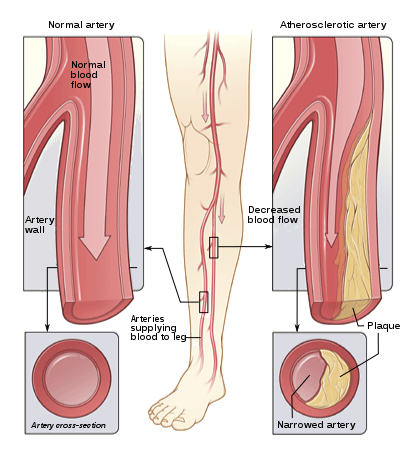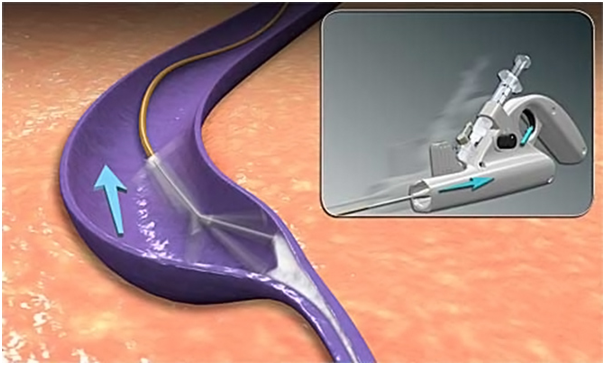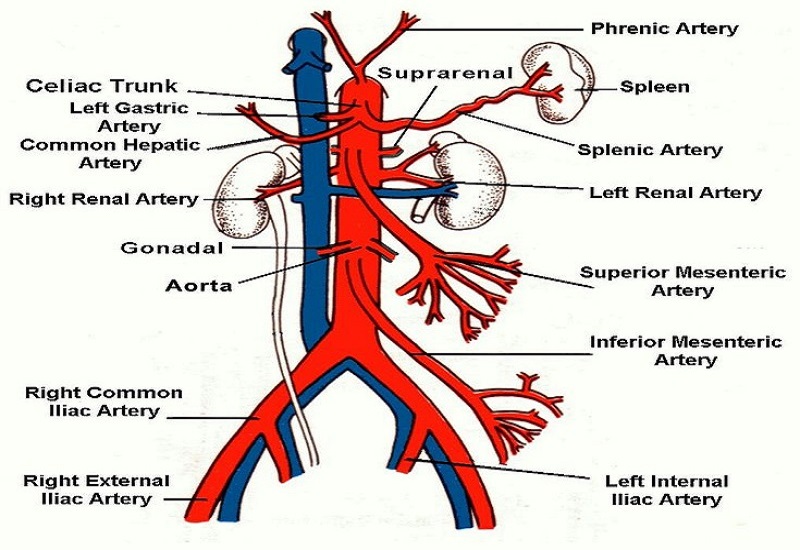Services
Our clinical work is focused on the management of arterial, venous and AV access. The various conditions treated are
Abdominal aortic aneurysm
.png)
Carotid endarterectomy
.png)
Peripheral arterial aneurysms
Peripheral arterial disease
Clinically the disease is identified by the absence of palpable pulses. An Ankle Brachial Pressure Index value helps in corroborating the clinical findings. The diagnosis is confirmed using an Arterial Duplex. A CT angiogram is often preferred due to the valuable information it contributes to planning of the surgery. Claudicants can be treated by Best Medical Therapy while Critical Limb Ischaemia is an indication for requirement of a surgical intervention. Surgical options consist of Endovascular procedures like Angioplasty while Open bypass is also an option for treatment.
The surgical treatment of the PAOD consists of various configurations of bypass grafting. The procedure performed depends on several factors. One of the frequently encountered late complication is graft thrombosis. Endovascular stenting has reduced mortality rates remarkably in these patients. Patients who are not suitable for aneasthesia do well with endovascular procedures.

Varicose veins and Chronic venous insufficiency
Varicose veins is a disease commonly seen in people who have prolonged hours of standing as part of their day. It is one of the manifestations of Chronic Venous Insufficiency, which occurs due to the inability of blood to ascend through the venous system of the legs, causing them to stagnate in the legs. Anatomically, the cause of the problem could be the superficial, veins deep veins or the perforator system. It leads to various complaints from patients comprising of pain, dilated veins, leg swelling, blackish discolouration of skin around the ankles and non-healing ulcers. Patients present with one or more of the above mentioned symptoms, often after a long duration of having the disease. A Duplex ultrasound establishes the anatomical cause of the disease, contributing to the line of management chosen. Treatment involves Conservative management involving Compression stockings or bandaging with ankle exercises and physiotherapy to reduce oedema, Endovascular surgery by RFA, EVLA or MOCA and Open surgical options like TSSA.
Several procedures including the current international standard of care and newer techniques such as Mechano-chemical ablation of GSV (MOCA) and Glue (VenaBlock) are performed.
Endovenous laser ablation – The procedure is very similar to that of the radiofrequency ablation but it uses a different fibre which uses laser energy to destroy the vein from within. It is also practically painless and the patient can home the same day.
.png)
Radiofrequency ablation – This involves insertion of a sheath and a radiofrequency fibre into the GSV from a needle puncture on the inner side of the knee joint. The fibre then travels inside the vein till the thigh and as the fibre is withdrawn downwards, the vein is destroyed from within. The procedure takes about 20 minutes and is done both under local and regional anaesthesia. It is practically painless and the patient can go home the same day.
.png)
Mechano-chemical ablation of GSV – This uses a fibre which has both chemical and mechanical prongs which damages the vein as it is withdrawn through the vein. As the fibre is withdrawn, a chemical (sclerosant) is injected which destroys the vein from within.

